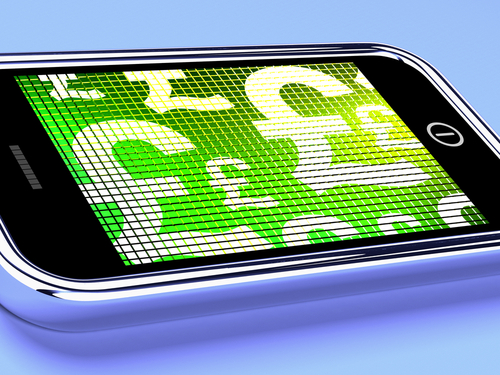HP Is Working On A Multi-Currency Smartphone E-Wallet

Offers to store your dollars, pounds and roubles on an iPhone
Hewlett-Packard is working on technology that could allow users to load their smartphones with several different currencies and use the devices as digital wallets.
The company is currently testing the software in Australia, and is already capable of managing nine currencies on a single pre-paid debit card. The application is targeted at frequent travellers and is expected to become available later this year.
Phone money
 The smartphone application will be released on iOS first with an Android version planned soon after. It will enable users to switch between currencies on the go, and also convert any leftover change from one currency into another. HP is planning to add Near-Field Communication (NFC) compatibility to its e-wallet in about a year.
The smartphone application will be released on iOS first with an Android version planned soon after. It will enable users to switch between currencies on the go, and also convert any leftover change from one currency into another. HP is planning to add Near-Field Communication (NFC) compatibility to its e-wallet in about a year.
“From my perspective travellers’ cheques and overseas currencies will disappear over the next five years and be replaced by the mobile,” Daniel Biondi, CTO of Financial and Enterprise Services at HP told ITWire.
There are plans to increase the amount of currencies to 12 in early 2013, “but technically it could support up to 99 currencies,” according to Biondi.
In due course, the e-wallet might run on smartphones made by HP itself. Last week, Meg Whitman had announced that the company will attempt to get back into the mobile market.
“My view is we have to ultimately offer a smartphone because in many countries of the world, that is your first computing device,” she said during an interview with Fox Business News. “There will be countries around the world where people may never own a tablet or a PC or a desktop, they will do everything on a smartphone. We are a computing company [and] we have to take advantage of that form-factor.”
The statement surprised many as it came barely a year after the company’s failed WebOS experiment. The company was hoping its mobile operating system would pose a serious threat to Apple, and announced three devices running the in-house software. However, six weeks after launching the WebOS-powered tablet called TouchPad, HP terminated the project, and later reclassified it as open source. “We’ve got to get it right this time,” said Whitman.
How well do you know open-source software? Take our quiz!